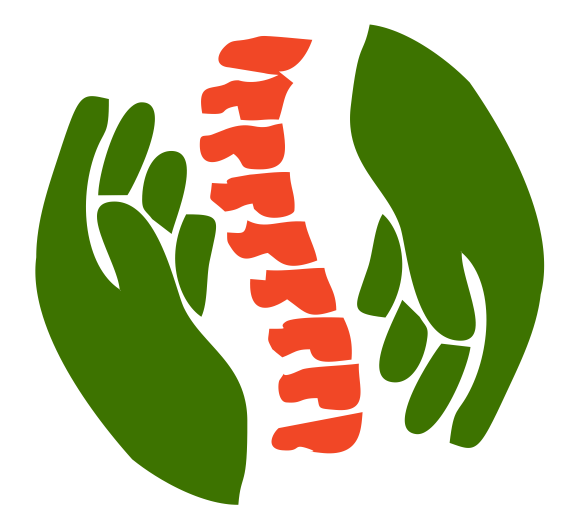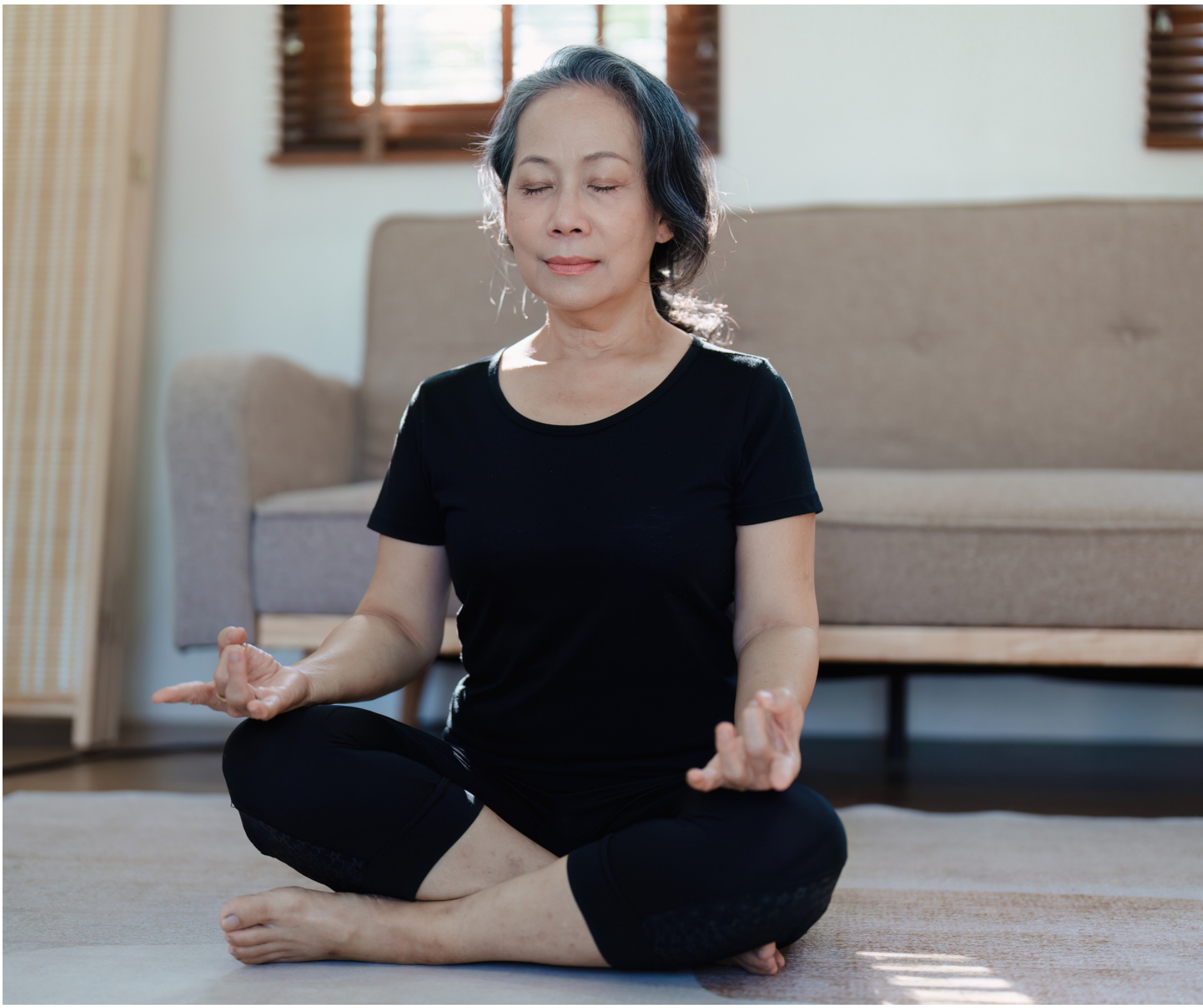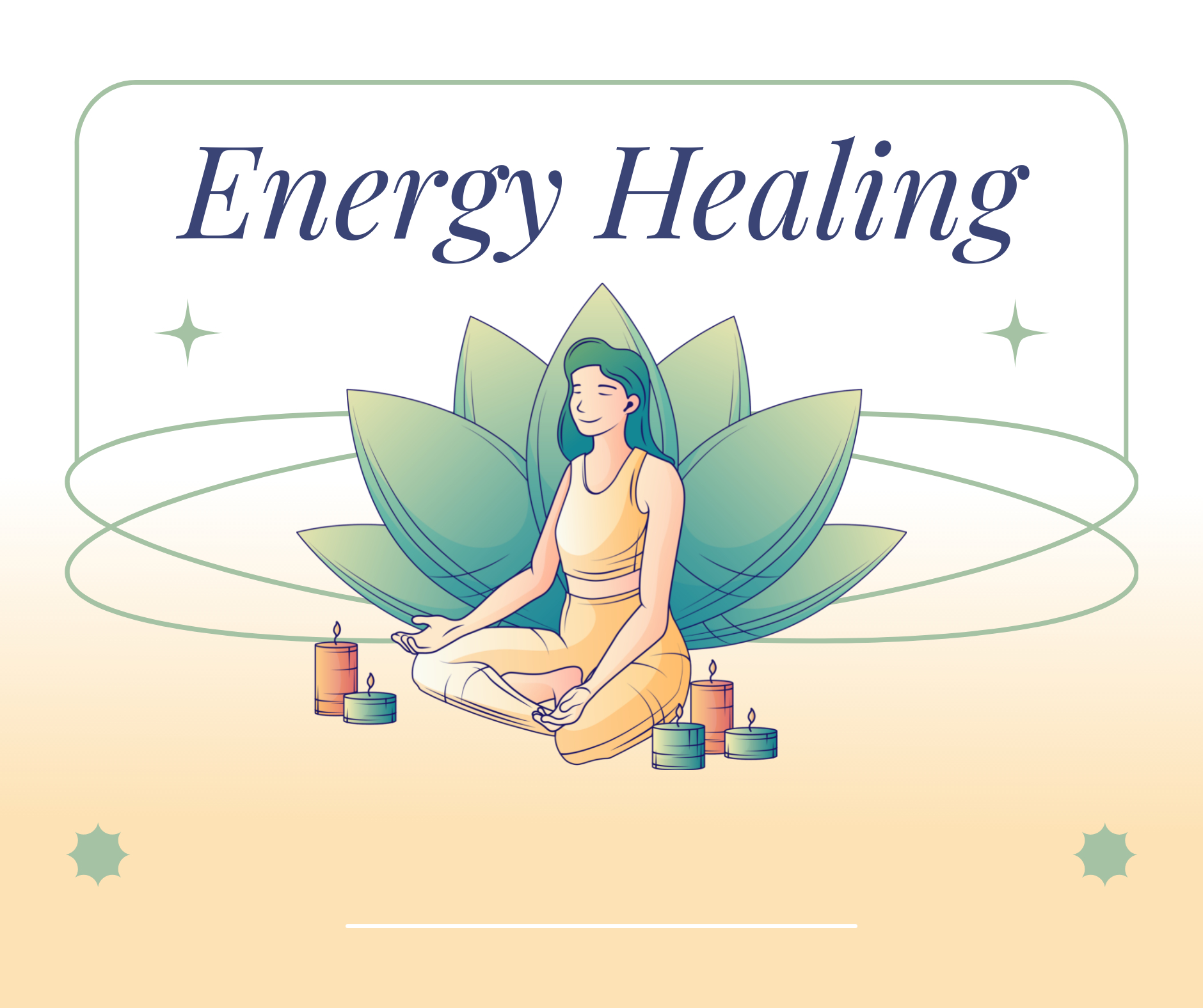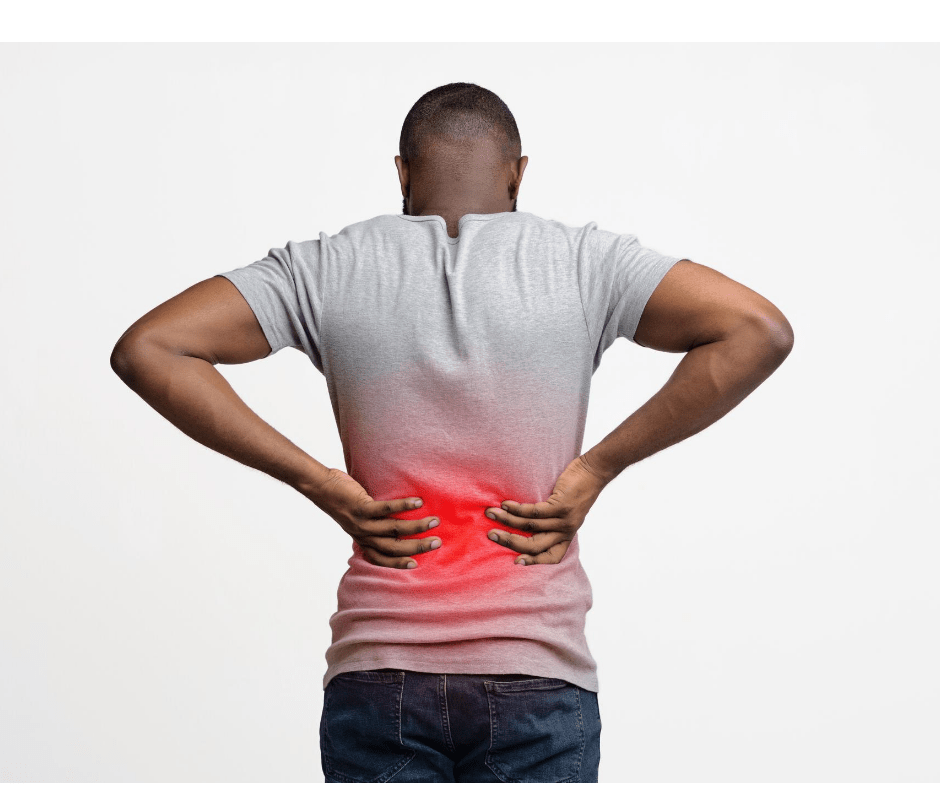Lower Back Pain Weak Core: know the Link and fix the problem

Have you ever felt a dull ache in your lower back after a long day? Maybe it hits when you’re sitting at your desk, picking up groceries, or even just standing around. If so, you’re not alone. Millions of people deal with lower back pain every day—about 31 million in the U.S., according to the American Chiropractic Association. But here’s something you might not know: that pain could be tied to a weak core. Yep, those muscles in your belly and back that you don’t think about much? They matter—a lot.
I’ve spent years learning about how our bodies work, talking to experts like physical therapists, and even figuring out my own back troubles. Turns out, a weak core was a big reason for my aches. So, let’s dig into this together. I’ll keep it simple, fun, and packed with stuff you can actually use—no complicated doctor talk here. Ready? Let’s go!
What’s Your Core, Anyway?
Before we get to the pain part, let’s talk about your core. It’s not just your abs—those muscles that show up when you do a bunch of sit-ups. Your core is a whole group of muscles that wraps around your middle like a belt. It includes:
- Your belly muscles (like the ones that help you suck in your stomach).
- Your lower back muscles (they keep you standing tall).
- Your sides (called obliques) and even some deep-down muscles you can’t see.
Think of your core as a team that holds your spine steady. Imagine your spine is a stack of toy blocks. If the core team is strong, the blocks don’t fall. But if it’s weak? Those blocks wobble—and your lower back starts to hurt.
How a Weak Core Makes Your Back Ache
So why does a weak core mess with your back? Let’s look at a couple of everyday moments to see how it happens.
Sitting All Day
Picture yourself at school or work, sitting at a desk. Your core should be quietly working to keep your back straight. But if those muscles are weak, they get lazy. Your lower back has to work extra hard instead, and by lunchtime, it’s tight and sore. Sound familiar?
Lifting Stuff
Now imagine picking up a heavy backpack or a box of toys. A strong core helps share the weight so your back doesn’t do all the work. Without it, your lower back takes the hit—and ouch, that doesn’t feel good.
Experts have studied this. A 2018 report in the Journal of Physical Therapy Science found that people with weak cores were more likely to have back pain that wouldn’t go away. It’s not magic—it’s just how our bodies are built.
What’s Going On Inside?
Let’s make this super easy. Your lower back has a bunch of bones called vertebrae, stacked up with squishy discs between them. Your core muscles are supposed to hold everything in place. When they’re weak:
- Your back muscles get tight and tired.
- Those discs get squished in a bad way.
- You start moving funny, which makes things worse.
Dr. Stuart McGill, a famous back expert, says it best: “Your core is like the base of a house. If it’s shaky, the whole house has problems.” His studies show that a strong core keeps your back happy.
Could Your Core Be the Problem?
Not sure if your core’s to blame? Here are some signs:
- Your back hurts after sitting or standing for a while.
- You feel wobbly when you carry something heavy.
- You slouch a lot without meaning to.
- Stretching helps, but the pain comes back fast.
Here’s a real story: My cousin Mia used to complain about her back after playing soccer. She thought it was from running, but a coach showed her she couldn’t hold a plank—a core exercise—for long. After a few weeks of core work, her pain got way better. Cool, right?
How to Make Your Core Stronger
Good news—you can fix this! You don’t need fancy stuff or tons of time. Here’s a simple plan to help your core and your back.
Easy Exercises to Start
Try these moves—they’re gentle but work great:
- Dead Bug: Lie on your back, lift your arms and legs, then stretch one arm and the opposite leg out slow. Keep your back flat. Do 10 on each side.
- Bird Dog: Get on your hands and knees. Stretch one arm forward and the opposite leg back. Hold for 5 seconds. Do it 8 times.
- Plank: Rest on your elbows and toes, keeping your body straight like a board. Hold for 20 seconds.
A 2019 study in Sports Medicine said these kinds of exercises cut back pain by almost half in just two months. Awesome!
Keep It Going
Once you’re comfy, try:
- Side Plank: Lean on one elbow and lift your hips. Hold 20 seconds on each side.
- Bridge: Lie on your back, knees bent, and lift your hips up. Hold 10 seconds.
Everyday Tricks
Sit up tall, tighten your belly when you lift, and don’t slump on the couch too long. Little habits make a big difference.
When to Get Help
If your back still hurts after trying this, talk to a grown-up or see a doctor. Sometimes other things—like a squished disc—can cause pain, and a pro can figure it out.
Why This Matters
Fixing your core isn’t just about stopping pain. It helps you run, play, and lift stuff without worrying. The National Institute of Neurological Disorders and Stroke says 8 out of 10 grown-ups get back pain sometime. A strong core might keep you from being one of them!
Let’s Wrap It Up
Lower back pain and a weak core are sneaky buddies—they show up together a lot. But now you know why, and you’ve got some easy ways to fight back. Start with a little core work, keep at it, and watch how much better you feel. Your back’s cheering for you already!
Got questions? Tell me below—I love to help. Or check out fun core ideas at the Mayo Clinic’s site. Let’s keep your back happy!



